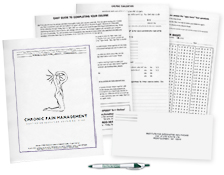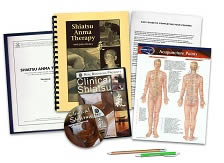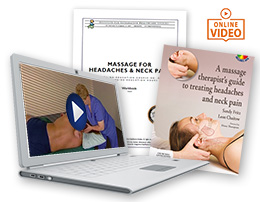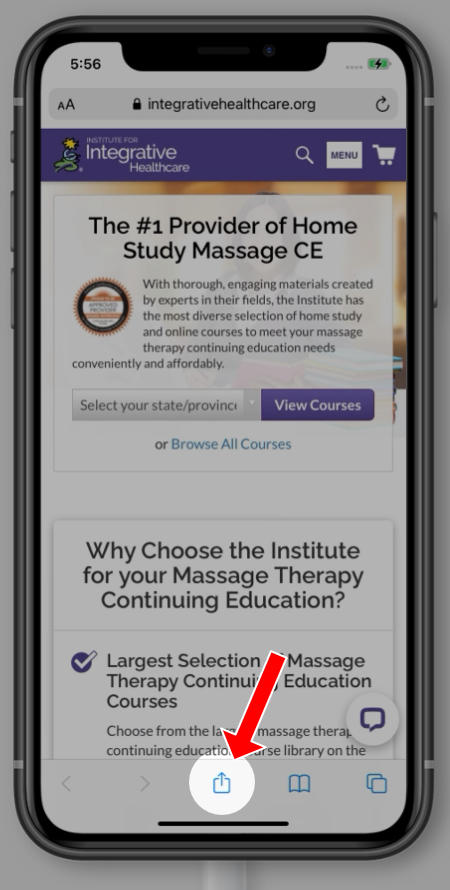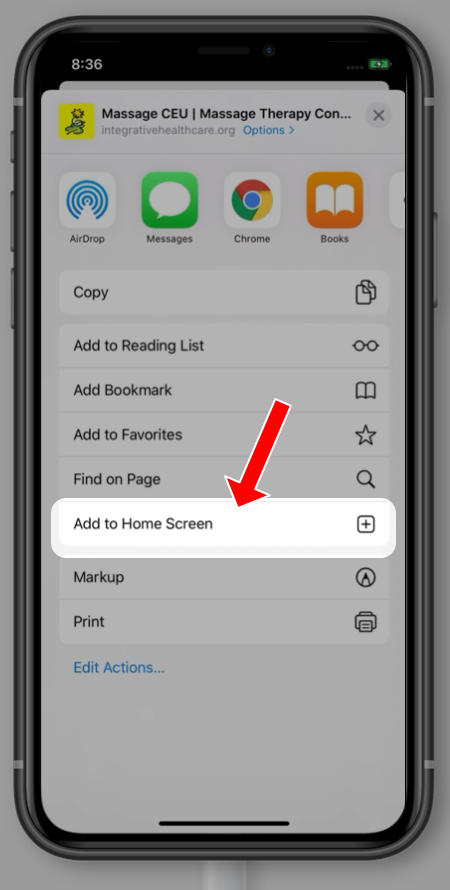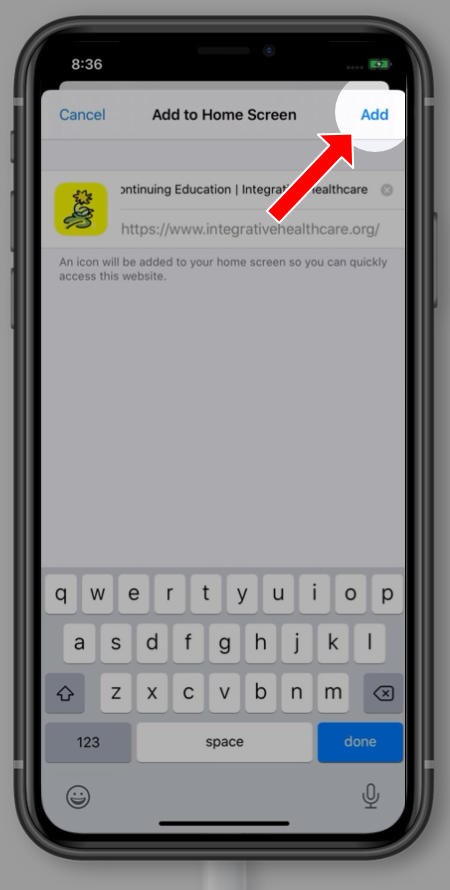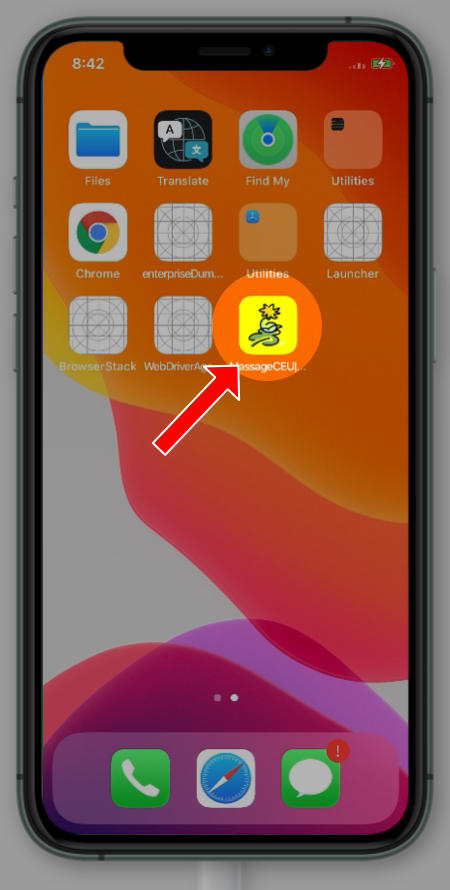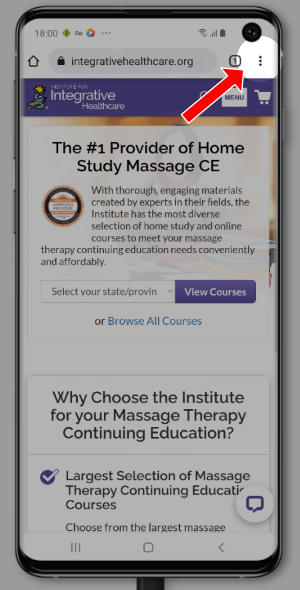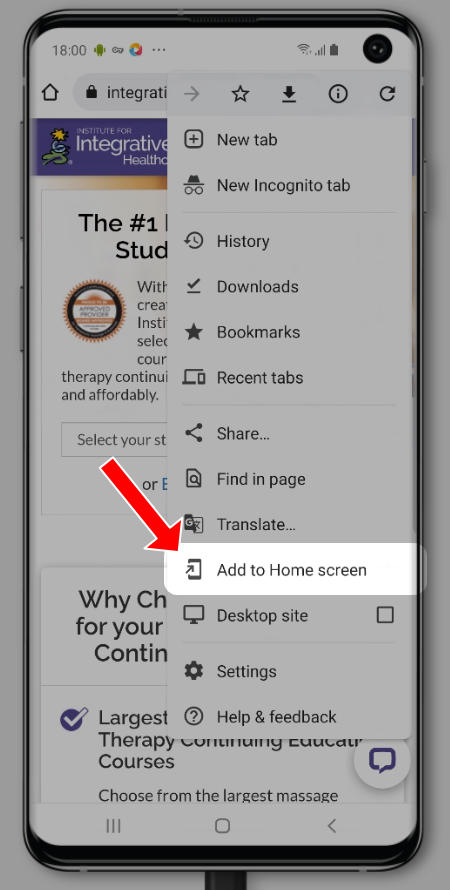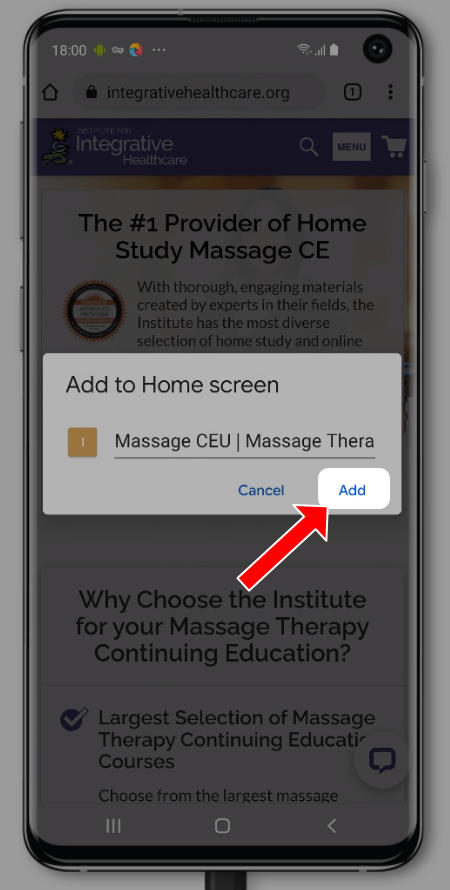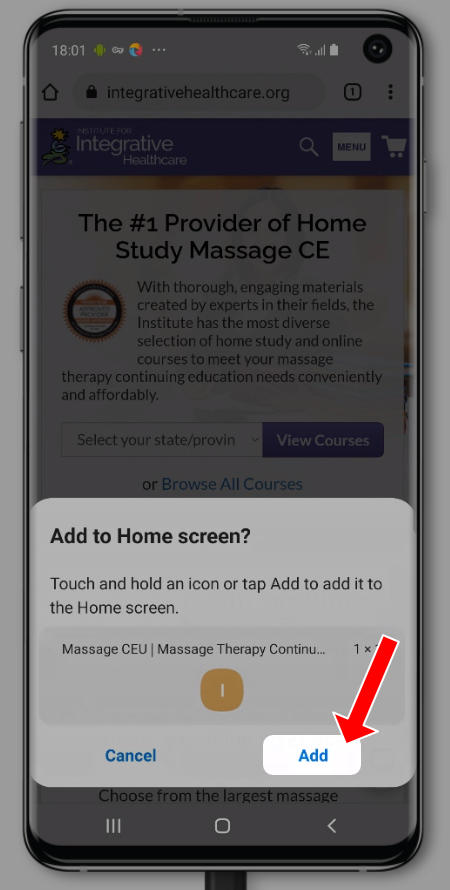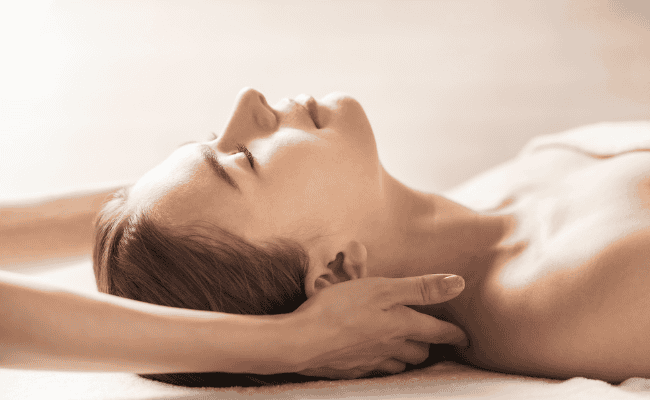

![]() Want to earn continuing education credit for this article? Learn more.
Want to earn continuing education credit for this article? Learn more.
We’ve all had them—or most of us, anyway—the headache that will not go away. It is now estimated that roughly one in six U.S. adults (≈ 15.3 %) report having a migraine or severe headache in a 3-month period. Of these, women are disproportionately affected (≈ 20.7 % in women vs. 9.7 % in men). Tension-type headaches remain the most common headache subtype globally, accounting for about 26 % of active headache disorders.
A person may not turn to massage therapy specifically to ease a headache, but he or she may seek to reduce stress, to relax, and to simply feel at peace for an hour.
Modalities like Swedish massage, lymphatic drainage, and other traditional Western massage techniques are helpful and may reduce the overall occurrence of headaches, especially those caused by stress. But there is another way in which you can address a headache more directly—through the use of acupressure.
How Acupressure Works
Acupressure and acupuncture are still a bit of a mystery to many Western-trained healthcare professionals, but acupoints, meridians, and Traditional Chinese Medicine (TCM) techniques have been used in Asia for thousands of years, with the first known written material produced around 200 BC (though origins are thought to go back further, possibly ~2000 BC).
While acupuncture uses fine needles to penetrate the skin at specific locations, acupressure is less invasive, using the therapist’s fingers, hands, or feet to apply pressure to the client’s body on acupoints as well as along energy channels (meridians). The word shiatsu, a form of acupressure taught in many massage schools, translates to “finger pressure.”
The exact way acupressure works may be in part because it is a way of distracting the brain’s attention away from the pain. It may be that it does indeed clear out blocked energy patterns along the meridians. Some research also suggests it may stimulate the body’s own pain-modulation systems, such as endorphin release, or alter local blood flow and neural signaling. Some skeptics say it is simply a placebo effect. It matters less “how it works,” than that it simply works for many pain sufferers, period.
Acupoints for Headache Relief
Assessment and Intake
The first step in determining the appropriate acupoints for a headache is to do a thorough intake with the client. The probable cause of a headache needs to be determined. This can be made easier if the client already has a diagnosis from a physician, but this does not mean the intake should be shortened. A massage therapist needs to inquire further regarding the client’s lifestyle, diet, exercise regimen and general overall health condition, including medications, in order to develop the most effective treatment session.
Primary Acupoints for Head Pain
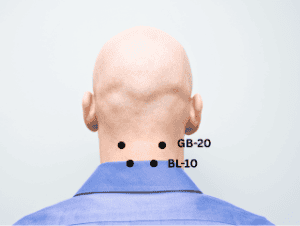 The most commonly used acupoints for headache pain are GB-20 and BL-10, located just below the occiput within the posterior hairline. These points lie just lateral to the spine, with BL 10 being approximately two finger widths away from the midline of the spine and GB 20 located between the trapezius and sternocleidomastoid muscles. In looking at a meridian chart with acupoints they will form a line of four horizontal points along the base of the skull where it is slightly soft to the touch.
The most commonly used acupoints for headache pain are GB-20 and BL-10, located just below the occiput within the posterior hairline. These points lie just lateral to the spine, with BL 10 being approximately two finger widths away from the midline of the spine and GB 20 located between the trapezius and sternocleidomastoid muscles. In looking at a meridian chart with acupoints they will form a line of four horizontal points along the base of the skull where it is slightly soft to the touch.
According to TCM theory, both GB-20 and BL-10 help expel wind and benefit the brain. They also function as sensitive points where the therapist can “listen” to the body’s rhythms and pulses.
The most effective way to approach these acupoints is with the client in supine position. The therapist’s hands are in a slightly cupped position with the fingers placed just inside the client’s hairline. The weight of the client’s head against the fingers will usually provide just the right amount of pressure needed. Using tiny movements of the fingers along these points will enable the therapist and client to determine which points are more open and which are blocked. Just a slight movement can result in the diminishment or elimination of headache pain. At the point at which pain relief is felt, the practitioner should hold a steady light pressure for a minute or two. If upon release of pressure the headache pain returns, repeat.
Using these acupoints during a massage session is not limited to use in Asian bodyworking techniques. They can easily be accessed and incorporated during a traditional western massage as well.
Secondary and Auxiliary Acupoints
Other helpful acupoints that can be easily utilized for addressing headache pain during almost any form are massage can be found on the feet.
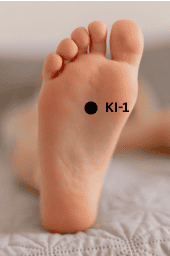 KI-1: Located on the bottom of the foot, in the depression between the middle third and distal third of the sole
KI-1: Located on the bottom of the foot, in the depression between the middle third and distal third of the sole
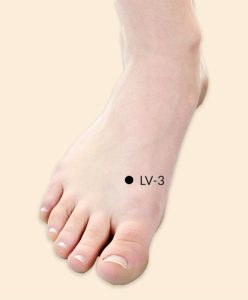 LIV-3 (or LV-3): Located on the dorsum (top) of the foot, distal to the junction of the first and second metatarsals – it can be combined with KI-1.
LIV-3 (or LV-3): Located on the dorsum (top) of the foot, distal to the junction of the first and second metatarsals – it can be combined with KI-1.
Additional points LIV-2 and ST-41 have been found to be helpful for headache relief. Although a good foot massage will access these and other points as well.
One point that the client can easily access at any time is LI-4, located in the soft web of the hand between the thumb and forefinger. This acupoint is good for sinus headaches as well as frontal headaches. It helps to stop pain and calm the mind, so it is very useful in relieving anxiety. It should be noted, however, that it should NOT be used with anyone who is or might be pregnant as it is believed to promote uterine contractions.
What the Research Says
Recent research continues to explore how acupressure and related pressure-point therapies can support headache management. Overall, findings point to modest but meaningful benefits—particularly when techniques are applied consistently and used alongside standard care.
A randomized controlled trial evaluated the addition of foot reflexology (a pressure-based method applied to specific points on the feet) to usual migraine treatment. Participants experienced significant reductions in both the duration and severity of attacks, though not in overall frequency, suggesting that pressure-point stimulation may help lessen the immediate burden of pain even if preventive effects are variable .
Complementary evidence comes from a review of acupuncture—closely related to acupressure in its point-stimulation approach—which found that completing 7 to 16 sessions was associated with measurable reductions in migraine frequency compared with usual care or sham procedures. While acupuncture and acupressure are not identical, this reinforces the practical takeaway that regular, correctly targeted point stimulation can help modulate pain pathways over time.
In practice, acupressure remains a low-risk, patient-empowering option to pair with lifestyle and medical strategies. Many patients find the greatest benefit by learning a small set of well-mapped points, using them routinely, and tracking changes in intensity, duration, and triggers to guide adjustments with their clinician.
Considerations, Limitations, and Clinical Integration
Headache pain can range from mild to debilitating. Acupressure therapy is just one more tool that can be added to the repertoire of a massage therapist to help clients defeat this all too common ailment.
Acupressure therapy is not a panacea, but it is a valuable tool you can add to your repertoire to help clients manage this pervasive issue. When applying acupressure:
-
Always work within the client’s comfort threshold; pressure should be light to moderate unless otherwise tolerated.
-
Combine with other modalities (soft tissue work, stretching, myofascial release, structural techniques) for holistic relief.
-
Track outcome—note headache frequency, intensity, duration before and after sessions.
-
Encourage clients to pursue medical evaluation when headaches are chronic, worsening, or accompanied by red flags (e.g. neurologic signs, sudden onset, etc.).
-
Understand that while acupressure shows benefit in many anecdotal and clinical settings, it should complement—not replace—medical headache treatment when warranted.
Originally posted September 2012. Updated October 3, 2025.
Earn continuing education credit for this article contained in our Headaches, Facial Pain & Massage series. Click here to enroll.

